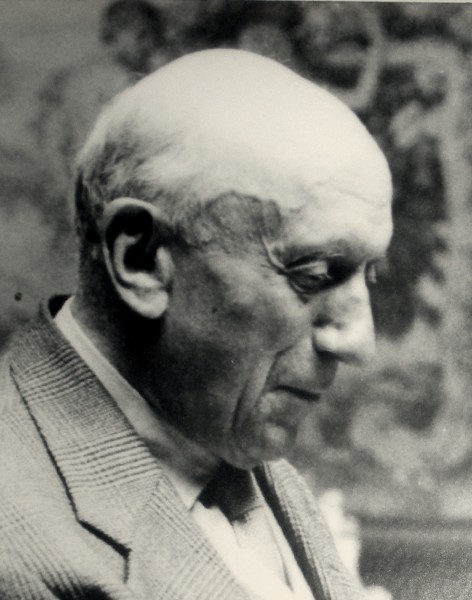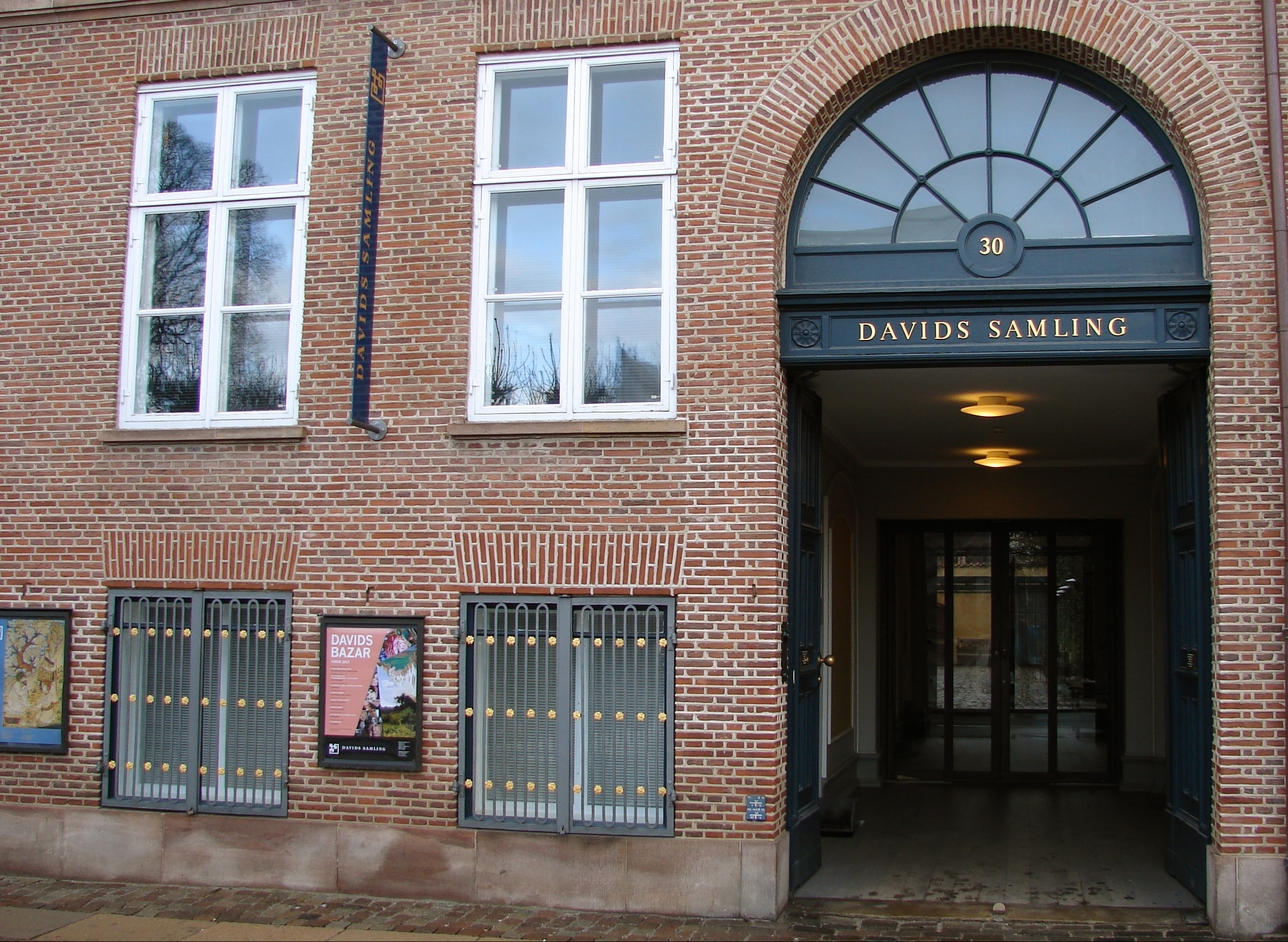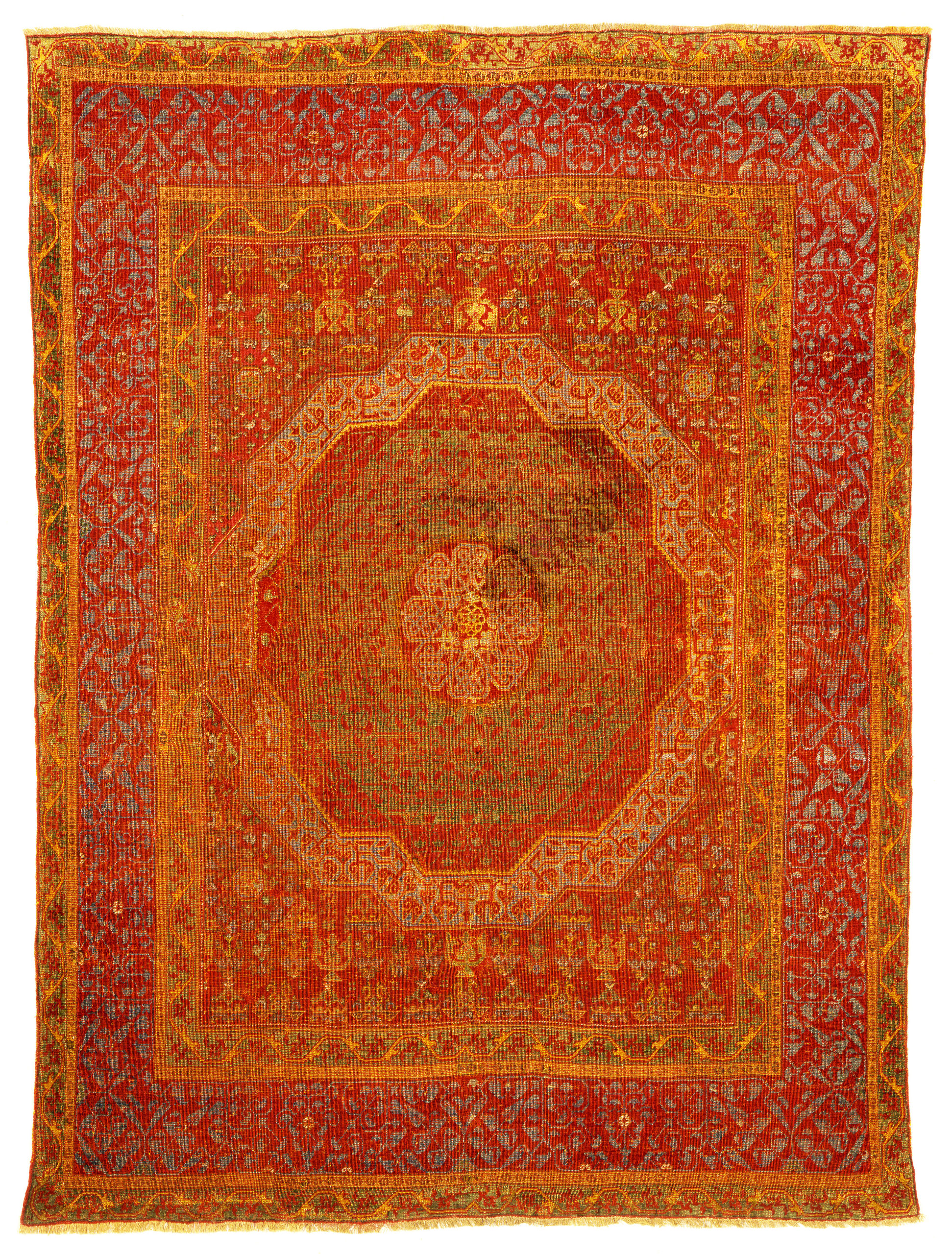
Christian Ludvig David was a prominent Danish lawyer, art collector, and philanthropist who lived in Copenhagen. Born on November 8, 1878, in the Danish city of Aarhus, David established himself as an influential figure in Danish society.
Christian Ludvig David pursued a career in law and obtained a law degree from the University of Copenhagen. He subsequently became a practicing lawyer and significantly contributed to the legal field. His expertise and dedication earned him recognition among his peers and the wider legal community.
One of Christian Ludvig David’s most notable aspects was his passion for collecting art. He amassed an impressive collection of artworks, focusing primarily on Islamic and Far Eastern art. His collection included exquisite pieces such as carpets, ceramics, manuscripts, and textiles, reflecting his deep appreciation for diverse artistic traditions.
In 1945, David established the C. L. David Foundation aims to preserve and showcase his extensive art collection for the public’s benefit. The foundation was based in his home in Copenhagen, which was transformed into a museum space—the C. L. David Collection became renowned for its exceptional assortment of Islamic art, attracting art enthusiasts, scholars, and visitors worldwide.
Christian Ludvig David’s philanthropic endeavors extended beyond his art collection. He dedicated his time and resources to supporting charitable causes and cultural initiatives. His philanthropic contributions aimed to foster the appreciation of art and cultural heritage and improve the well-being of individuals and society at large.
Christian Ludvig David’s legacy is marked by his significant contributions to preserving and promoting art and culture in Denmark. His commitment to collecting and preserving artworks from different regions and cultures continues to inspire generations of art enthusiasts and scholars—the C. L. David Collection remains an important cultural institution, showcasing the beauty and diversity of Islamic art to this day.
His multifaceted pursuits characterized Christian Ludvig David’s life as a lawyer, art collector, and philanthropist. His passion for art, particularly Islamic and Far Eastern art, led to the creation of the renowned C. L. David Collection in Copenhagen. Through his collection and philanthropic efforts, David left a lasting impact on the Danish art scene, contributing to preserving and appreciating art and culture for future generations.

The David Collection (Danish: Davids Samling) is a museum of fine and applied art in Copenhagen, Denmark, built around the private collections of lawyer, businessman and art collector C. L. David.
The Mamluk Carpet, preserved within the C. L. David Collection is a cherished piece that provides visitors with a unique opportunity to witness the mastery of Mamluk artisans and immerse themselves in the rich artistic heritage of the Mamluk Dynasty. Its presence within the collection ensures that the legacy of the Mamluks and their contribution to the world of art and culture is preserved and celebrated for generations to come.
Mamluk carpet, a palette with red, light shades of blue and green, and sometimes yellow, coupled with a clear geometric organization around a central octagon, is characteristic of “Mamluk carpets.” Typical elements are also interwoven patterns and borders that bring to mind calligraphy and stylized papyrus flowers, as seen in both the central octagon and the most expansive border.
The carpets were knotted in workshops in Mamluk Egypt, and their geometric structure reflects the art of the day as found in, e.g., book illuminations, but also in the ceilings in the rooms whose floors they graced. The production of carpets of this kind stopped more or less when the Ottomans conquered Egypt in 1517.
As Ararat Rugs, we take pride in reinterpreting this unique carpet for you, using natural colors and materials and weaving it with the same techniques. Click for more information about our Mamluk Carpet Collection.

